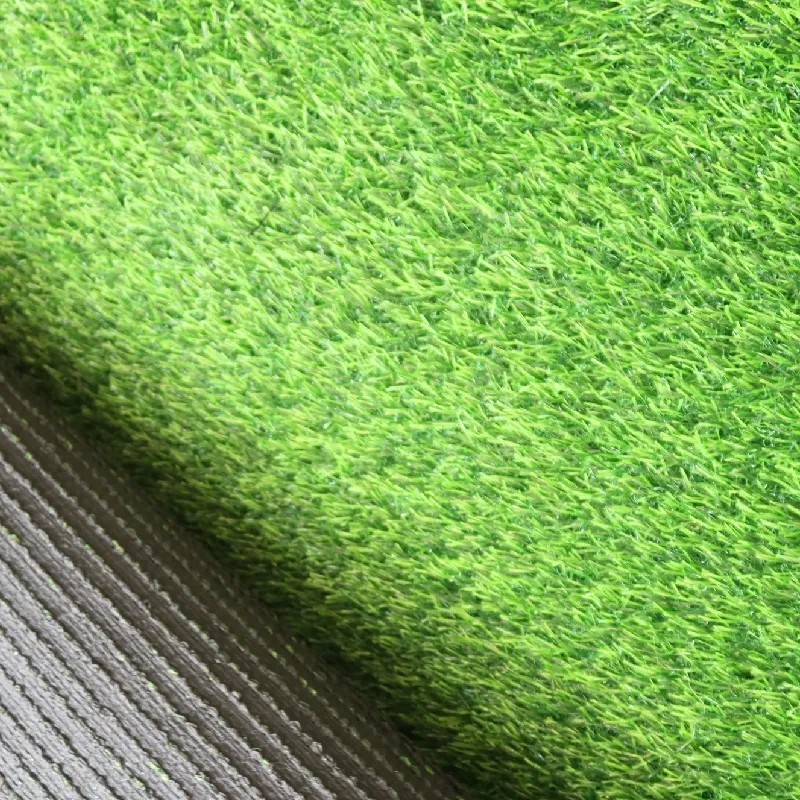
- Afrikaans
- Arabic
- Belarusian
- Bengali
- Czech
- Danish
- Dutch
- English
- Esperanto
- Estonian
- Finnish
- French
- German
- Greek
- Hindi
- Hungarian
- Icelandic
- Indonesian
- irish
- Italian
- Japanese
- kazakh
- Rwandese
- Korean
- Kyrgyz
- Lao
- Latin
- Latvian
- Malay
- Mongolian
- Myanmar
- Norwegian
- Persian
- Polish
- Portuguese
- Romanian
- Russian
- Serbian
- Spanish
- Swedish
- Tagalog
- Tajik
- Thai
- Turkish
- Turkmen
- Ukrainian
- Urdu
- Uighur
- Uzbek
- Vietnamese
types of artificial grass for football field
Nov . 25, 2024 05:36 Back to list
Various Types of Artificial Grass for Football Fields
Artificial grass has become an increasingly popular choice for football fields around the world. Its durability, low maintenance requirements, and consistent playing conditions make it an attractive alternative to natural grass. As technology advances, different types of artificial grass are being developed to cater to the unique demands of football. This article explores the various types of artificial grass specifically designed for football fields, highlighting their features, benefits, and applications.
Nylon artificial grass is one of the oldest types used in sports fields. Renowned for its strength and resilience, nylon grass can withstand heavy foot traffic and harsh weather conditions. It maintains its shape well, making it ideal for high-performance sports like football. Additionally, nylon grass has a natural feel and appearance, closely resembling real grass. However, it tends to be more expensive than other alternatives and can be less resistant to UV degradation.
2. Polyethylene Artificial Grass
Polyethylene is the most commonly used material in artificial grass for football fields. Its softer texture, combined with high durability, makes it a popular choice among players and coaches. Polyethylene fibers provide a realistic feel underfoot, reducing the likelihood of injuries. This type of artificial grass is known for its excellent drainage capabilities, allowing for quick drying after rain. Furthermore, polyethylene grass is UV-stabilized, ensuring it retains its color and quality over time. The affordability and versatility of polyethylene grass make it a top choice for recreational and professional football fields alike.
3. Polypropylene Artificial Grass
Polypropylene artificial grass is characterized by its lightweight nature. It is often used in areas where durability is less of a concern, such as recreational fields or smaller practice areas. While it is typically cheaper than nylon and polyethylene, polypropylene grass doesn’t perform as well under heavy usage and may degrade more quickly. Its suitability is ideal for multi-use fields or less competitive play where the intensity isn’t as high.
types of artificial grass for football field

4. Infill Systems
Infill systems are crucial for enhancing the performance characteristics of artificial grass fields. Different materials, such as rubber, sand, or a combination of both, are used to fill the spaces between the grass fibers. Rubber infill provides excellent cushioning and shock absorption, reducing the risk of injury during play. Sand infill is often used to provide stability to the turf and helps in maintaining the grass blades upright. Hybrid systems, which combine both rubber and sand, are becoming increasingly popular, striking a balance between softness and stability.
5. Shock Pads
While not a type of grass itself, shock pads are an essential component of the overall artificial grass system. Installed underneath the turf, shock pads provide additional cushioning, improving player safety and comfort. They help in reducing impact injuries, making them particularly valuable for football, where quick movements and physical contact are commonplace. Using shock pads in combination with the right type of artificial grass can create a superior playing surface that mimics the feel of natural grass.
6. Eco-Friendly Options
With growing environmental concerns, eco-friendly artificial grass options are gaining popularity. These products are made from recycled materials and are designed to minimize the environmental impact. Innovations in the manufacturing process have led to grass that not only performs well but also uses sustainable practices, making them a wise choice for environmentally-conscious organizations and communities.
Conclusion
Selecting the right type of artificial grass for a football field relies on several factors, including budget, usage intensity, and climate conditions. Nylon, polyethylene, and polypropylene offer various benefits tailored to different levels of play and maintenance needs. Additionally, incorporating infill systems and shock pads can significantly enhance player safety and performance. As the industry continues to evolve, eco-friendly options are on the rise, ensuring that artificial grass remains a sustainable choice for the future of football fields. Whether for competitive leagues or community parks, the right artificial grass can enhance the game while providing a durable, safe, and enjoyable playing surface.
-
The Benefits of Artificial Turf for Indoors
NewsJul.15,2025
-
How Artificial Grass Suppliers Ensure Quality Products
NewsJul.15,2025
-
Artificial Grass and Pets: A Space for Relaxation
NewsJul.08,2025
-
Balcony & Outdoor Decoration with Artificial Grass
NewsJul.08,2025
-
Best Indoor Artificial Grass for Home
NewsJul.07,2025
-
Best Pet Turf for Dogs: Safe & Durable Artificial Grass Options
NewsJul.07,2025
Products categories









